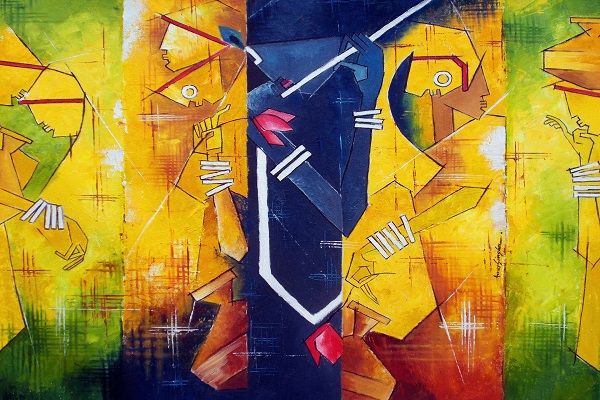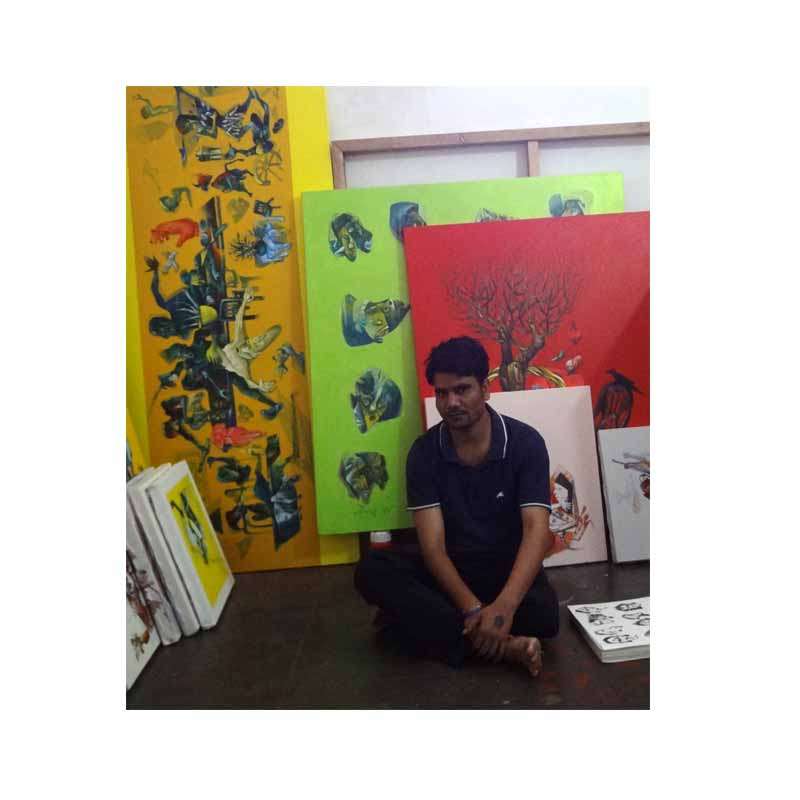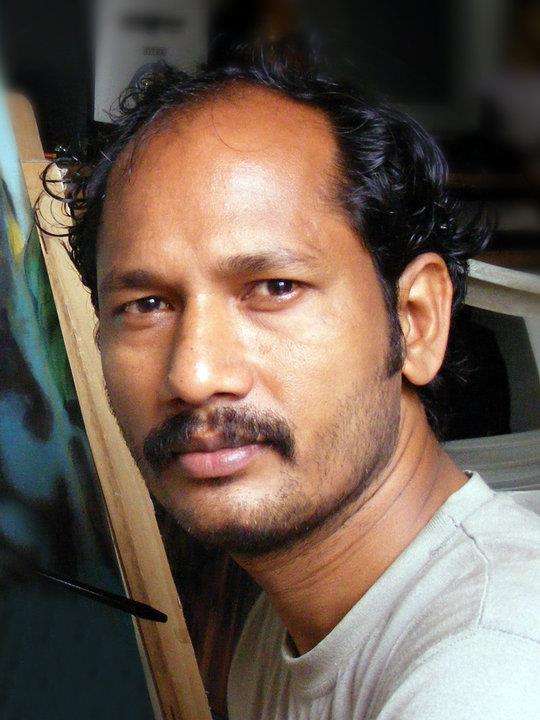
An original artist is unable to copy. So he has only to copy in order to be original.
--------- Jean Cocteau
The dilemma of original and fake festers people’s thoughts when they are to buy Indian paintings online and see it as a promising piece of investment. I think the abovementioned quote was taken literally by some vendors of fake art. But, to the contrary, the great French poet and play writer wanted to explain how something is always inspired by something. The person adopts the idea to create an ingenious one that is exclusive to his mind.
The law of intellectual property as defined by the World Intellectual Property Organization too recognizes this kind of labour. For example, an author writing a novel inspired by the life of some eminent figure is the sole owner of the novel as the outcome is the fruit of the intellectual labour that he performed on the idea to make it original. Unfortunately, fake artists interpret these principles to imitate the original artwork and pass them as authentic.
As an aware buyer, there is a need to look out for signs to identify an original work because more than 50% of the art circulating in the world market is Fake as claimed by Yan Walther, former chief of Fine Arts Experts Institute, Switzerland in his 2014 interview.
Tips to Identify Original From Fake!
Copying a famous original work of art was a legitimate business that was practised in ancient Greece around 2000 years ago. This practice, similar to reproductions and prints produced today, was legal as both vendor and vendee were well acquainted about the piece being a mere copy.
What makes a copy fake!
The act of passing a copy as original was committed by Abraham Wolfgang Küfner in 1799 when he returned a copy self-portrait by Albrecht Dürer in place of the original. He wanted to defraud (section 25 rw section 420 of the Indian Penal Code, 1860) the Nuremberg Town Hall. He had the criminal intention (section 24 of the IPC, 1860) to devoid the hall to have lawful possession of the artwork to gain wrongful gain to himself and wrongful loss (section 23 of the IPC, 1860) to the other.
Also Read: Descry Phony Paintings from the Real Ones
In 2015, Venus with a Veil, a famous painting by a German Renaissance artist Lucas Cranach, the Elder was confiscated by the French law enforcement agency from an art gallery in Aix-en-Provence on a tip of it being a fake. Samantha Subramanium is an eminent journalist who claimed in an article published in The Guardian that the Prince of Liechtenstein purchased a fake in 2013 for a whopping £6 million that would amount to Rs 55 crore if calculated today.
The hydra of fake art has grown its conniving head in the Indian art market. This could be established form the fact that at an event organized in the Dhommimal Gallery situated at Delhi was cancelled because most of the paintings of S. H. Raza that were displayed there were fake. He had flown specially from Paris to inaugurate the show but was enraged to find that the artist’s nephew supplied the gallery those fakes.
The Government College of Art and Craft at Kolkata also saw the darkest day of their history in 2011. Art historians and critics labelled 20 works of Rabindranath Tagore as fakes that were on display in an exhibition at the venue. The incident was reported and the matter was investigated by the CID-Criminal Investigation Department. It came out that the government was duped by the former head of the college and an art dealer from Dhanbad.
So, here are some tips to make a difference an original painting form a fake:-
1. Peel your Eye
Your mind can remember and recall what you see through eyes. Most of the experts on art suggest that one of the most reliable ways of identifying an artwork is to train your brain and register important pieces of information, howsoever small, about every painting made by a painter.
Ashvin Rajagopalan is the director of the coveted Piramal Art Foundation and founder of Ashvita which provides opportunities and options to art lovers with limited budgets. According to him,” See the brush strokes, the thickness of application. Read about an artist to see if the image is typical to the style or is something different. Compare to known works," as reported by the Livemint.
There is no alternative to visiting a large number of galleries and art auctions and keenly look and observe different aspects of the paintings. Every painter has a master technique that he incorporates in his work. Try to find these common features in the works while perusing it for the purpose of purchasing it.
2. When the Price is Too Good to be True!
When you are planning to buy Indian art online and you stumble upon a masterpiece which the platform is offering at an unbelievably low price, then the artwork is too good to be true. Work your grey cells to reach on the deductive reason! The artwork is, in all probabilities, fake!
It is an unbroken code of the art market that you may never get an original work with proved evidence of provenance for low prices. The line of origination must be unbroken. There must not be a gap. The fraudsters create a ruse by making stories of the painting to be in possession of some eminent personality. Trace all the documents like sale deed and custody certificates. Obtain NOC from the previous owner and, if possible, notify all the others through a public notice in newspapers.
3. Looking at The Rear End is not Too Bad After All!
Forgers don’t have access to the original artworks. They look out for references that only have the front of the work. They can only imitate what they see. So, always look out for signatures at the back. Most of the painters sign their paintings on the front but the year of creation is often mentioned at the back.
As an aware and intelligent consumer, you must follow all necessary steps to make sure that you are not duped.





















